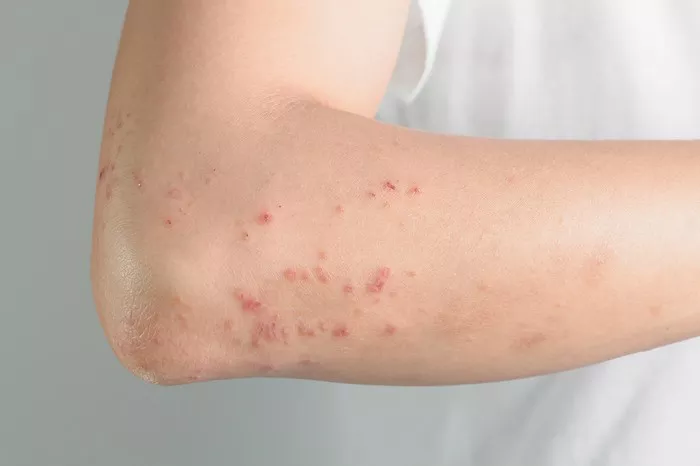Key Takeaways:
- Guselkumab demonstrated sustained disease control in patients with active psoriatic arthritis (PsA) over 100 weeks.
- Between 50% and 70% of patients achieved complete skin clearance, while 65% to 85% saw resolution of enthesitis and dactylitis.
- The treatment led to major improvements in joint disease activity and other critical endpoints, maintained over a two-year period, according to Clinical Rheumatology.
Guselkumab has shown to effectively manage active psoriatic arthritis, maintaining significant improvements in various disease parameters for up to two years, according to recent findings published in Clinical Rheumatology.
“In the phase 3, randomized, placebo-controlled DISCOVER-1 (1 year) and DISCOVER-2 (2 years) studies, guselkumab demonstrated significantly greater efficacy in improving PsA signs and symptoms across multiple domains versus placebo,” wrote Christopher T. Ritchlin, MD, MPH, of the University of Rochester Medical Center, and colleagues. “Additionally, the proportions of guselkumab-treated patients achieving meaningful responses across PsA domains were sustained or increased through up to 2 years.”
They noted that post-hoc analyses of DISCOVER-2 revealed over 70% of patients achieving a 70% improvement in ACR response criteria (ACR70), or meeting minimal disease activity (MDA) criteria at one year, maintained these responses at two years. The pooled data from DISCOVER-1 and DISCOVER-2 showed consistent efficacy of guselkumab across various PsA patient subgroups, defined by baseline clinical characteristics.
To assess the long-term control of PsA with guselkumab (Tremfya, Janssen), Ritchlin and colleagues conducted a post-hoc analysis of the DISCOVER-2 trial. This analysis involved 493 patients, with 90% (442 patients) completing 100 weeks of treatment.
The endpoints analyzed included ACR50/ACR70 improvement, a score of zero on the Investigator’s Global Assessment, resolution of dactylitis and enthesitis, at least a four-point improvement on the FACIT-Fatigue response, low disease activity on the PsA Disease Activity Score (PASDAS), and minimal disease activity. Patients were categorized into subgroups based on sex, baseline medication use, BMI, PsA duration, number of swollen or tender joints, C-reactive protein levels, and psoriasis severity and extent.
The researchers reported significant multi-domain efficacy of guselkumab in adequately sized patient subgroups at week 100:
- 65% to 85% achieved enthesitis and dactylitis resolution.
- 50% to 70% attained complete skin clearance.
- 60% to 80% reported meaningful improvements in function or fatigue.
- 40% to 65% reached low disease activity as per PASDAS.
- 35% to 50% achieved minimal disease activity.
“Substantial portions of adults with active PsA, who received up to 2 years of guselkumab in DISCOVER-2, showed durable achievement of stringent endpoints across key PsA disease domains and patient-reported outcomes,” Ritchlin and colleagues concluded. “These results further support guselkumab as an effective means of tailoring treatment to achieve low levels of disease activity across key domain involvement in individual patients.”
Related Topics:


























